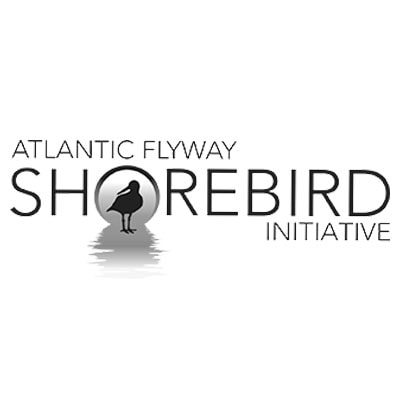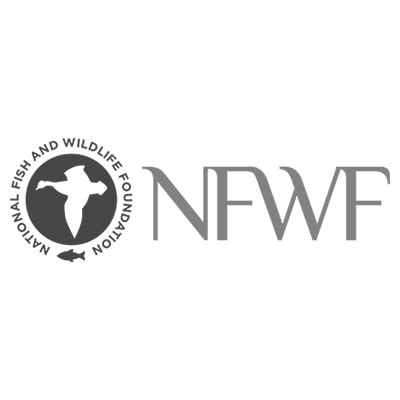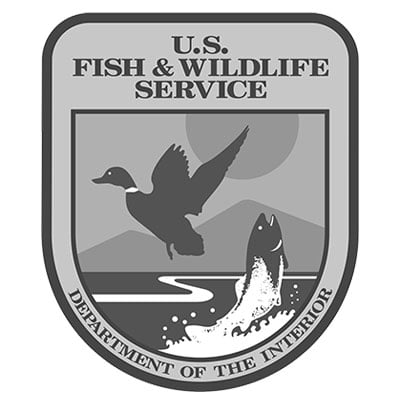Folly Beach
Give shorebirds the red-carpet treatment at Folly Beach.
Endangered and threatened shorebirds need to have a successful nesting season here on Folly Beach in order for their population to rebound. Let’s give them the red-carpet treatment they deserve by giving them their space, watching where we step, leaving our pets at home, and staying away from posted nesting areas.
Walk the Waterline
While you’re enjoying this peaceful stretch of beach, please remember to walk the waterline and keep your distance from the shorebird nesting area on higher ground where birds are raising their young. While walking too close to a nesting area may seem harmless, shorebird eggs and chicks camouflage well in the sand, and a person can unknowingly crush them underfoot!
In addition to accidentally stepping on eggs or chicks, when parents are scared off the nest by people or dogs, the eggs and chicks become exposed to dangerous temperatures under the summer sun. Not only can the eggs and chicks overheat, but they also become unprotected from predators–like gulls and crows.
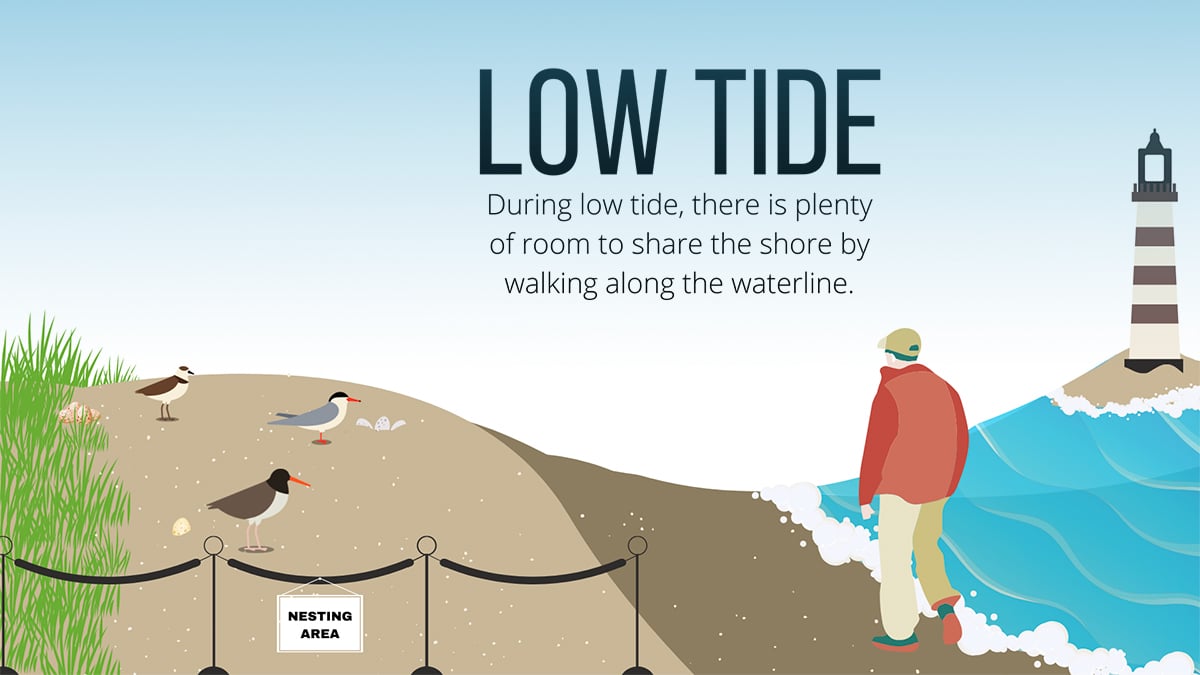
An Important Place for Birds
Folly Beach’s Lighthouse Inlet Heritage Preserve is recognized as an Audubon Birding Hotspot, and has long been an important nesting habitat for vulnerable shorebird species like the American Oystercatcher, Wilson’s Plover, and Willet. In the last two years, it has become a great habitat for our smallest nesting seabird, the Least Tern. Many other species of shorebird also come here for exceptional feeding and roosting habitat.
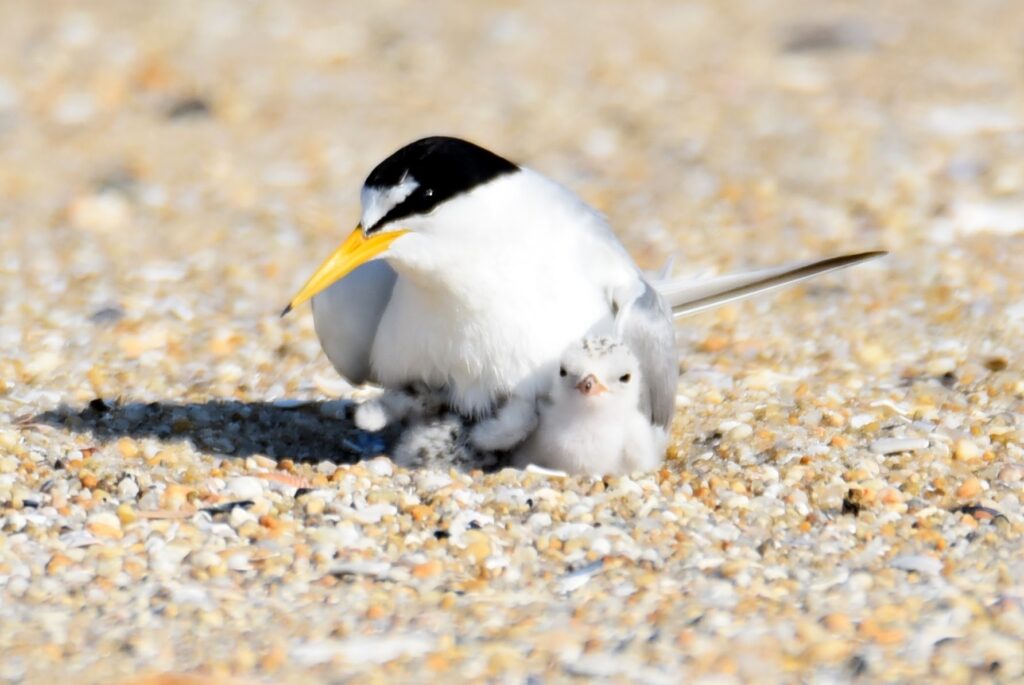
Least Tern with a chick in the nest.
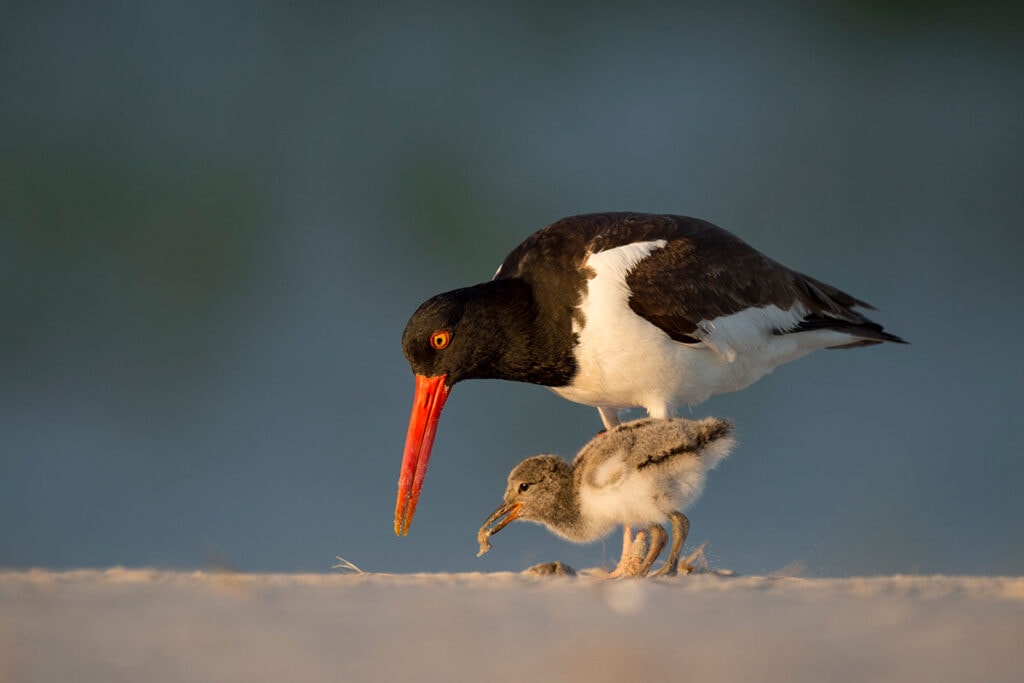
American Oystercatcher
Home Sweet Home
Limiting bird disturbance during migration
Useful Links
Contact Information
Abby Burke, Coastal Stewardship Coordinator
Audubon South Carolina
Abigail.burke@audubon.org
